5 Ways I Got Minimalism All Wrong: A Guide to Minimalist Homesteading
Can you be a homesteader AND a minimalist? I think that you can have the minimalist homestead of your dreams when you take the time to realign your homestead goals and ditch the rest. Read below for my 5 ways to reevaluate minimalism on your homestead.
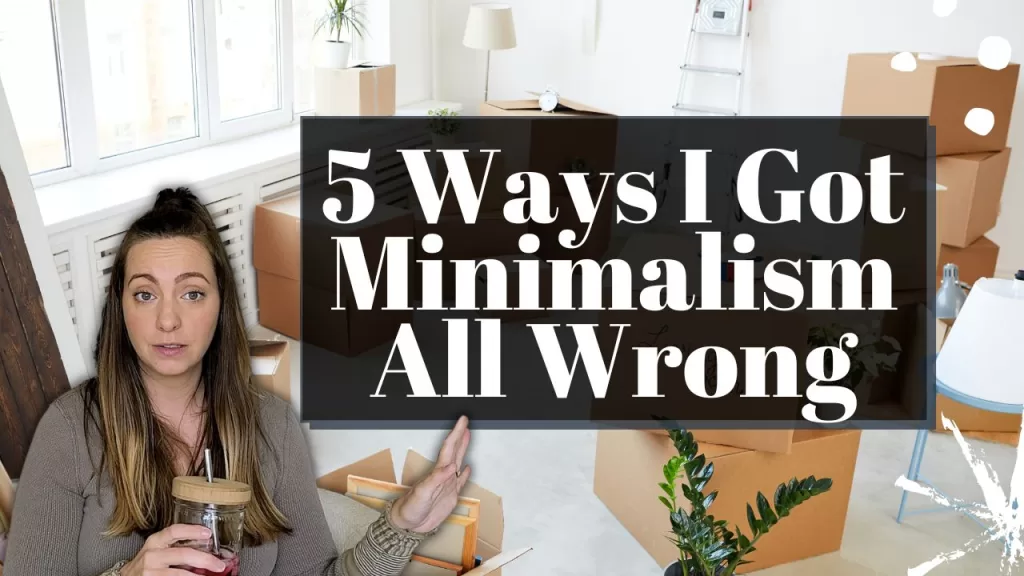
Homesteading and Minimalism Defined
At first glance, homesteading and minimalism seem like total opposites. One appears to be an idea of abundance and the other one of scarceness. Is it possible to let these two lifestyles coexist?
Minimalism saw a resurgence around 2010 when Mari Kondo wrote her popular book “The Life-Changing Magic of Tidying Up.” Most of us know it well. Her theory is that you get rid of everything that does not spark joy. If you are like me, you went on a frenzy to achieve the popular minimalist goal of getting rid of at least 10-20% of all of your belongings from your house.
Another popular trend was to decorate in the “minimalist aesthetic,” where everyone painted their walls gray and purchased matching furniture sets and used simple patterns such as chevron. But is that really what minimalism is all about? Or was it just these specific trends?
Both homesteading and minimalism have been a large part of my life over the past 5-10 years, and I want to reconcile the obvious disparities between these two ideas to see if they can happily coexist.
What is Homesteading?
When we think of homesteading, we think of a cozy home filled with tons of fresh food to eat, a pantry stocked full of mason jars and canning supplies galore, and perhaps a messy garden ready to be harvested. While these things can be true, is that really the heart of the homestead?
To me, homesteading is about making what I can with what I have in order to live a more sustainable, healthier, and more financially savvy life for my whole family. There are many ways to go about this. A good homesteader can whip up a meal out of the few items leftover in the fridge. However, this does require a pantry stocked with the basics. A good homesteader will also attempt to grow their own food, even if that requires a little dirt and a lot of extra work.
If homesteading is about making something from nothing and putting family first, maybe, just maybe it can coexist with minimalism.
What is Minimalism?
The popular authors, podcasters, and bloggers, The Minimalists explain minimalism as:
Minimalism is all about living with less. This includes less financial burdens such as debt and unnecessary expenses. … For many minimalists, the philosophy is about getting rid of excess stuff and living life based on experiences rather than worldly possessions.
The Minimalists
Thinking of minimalism as a tool to keep only what is important to you and getting rid of the clutter seems to fit well with homesteading. Perhaps we can keep as many mason jars as we want as long as they are serving the purpose of our homesteading goals.
Are you looking to realign your time and reassess your values, sign up for my free 5-day time management course to build a strong foundation for your homestead.
From Maximalist to Somewhere in the Middle

Minimalism was not always on my mind. I am a recovering hyper-consumer. I used to buy things just to buy them. I felt the need to get new clothes each season. Debt was wracking up and so was the clutter in my apartment. Closets, cabinets and drawers were stuffed full of duplicates (and triplicates) and I did not even know what I owned. This is the way many typical Americans live. Advertisements and social norms make it so we think we always need more, even when we really don’t.
I still have a long way to go here. When I get stressed out, I am known to order something silly online. I still probably buy more than I should, but I believe I am much more conscious of trying to buy things that are actually needed. I am also better about trying to find things second-hand first, as sustainability has become increasingly important to me.
When minimalism became popular, I joined in on yet another trend. I finally decided to declutter everything and I got rid of at least a garage full of stuff. I thought that I was on the right path, but did I do minimalism right? Did I really get rid of my underlying consumerism?
Once I started beginner homesteading, I learned that I had been doing minimalism wrong (at least wrong for me. You do you!).
Watch it on YouTube
Five Things I Did Wrong With Minimalism
Homesteading taught me how to do minimalism better. Here is what I think I got wrong the first time around:
1. Decluttering Everything that Didn’t Spark Joy

When I went through all of my belongings in Mari Kondo style, I probably got rid of a little too much in some categories. I got rid of all duplicates in the kitchen. As I have been using my kitchen more, I see that it might be useful to have more of certain items. Is it more minimalist to only have a few containers, or is it more minimalist to have to do less dishes on a daily basis? To me, time and function are important in this stage of life and to keep my lifestyle more minimal, it is actually better to have a few extra items hanging around the kitchen or in storage.
I should also note that when I decluttered, I did not do so in a way that aligns with my current goals. I threw things in the trash or blindly donated them instead of finding everything a proper home. A large percentage of donated items get sent directly to the landfill, and that is probably what happened to most of my junk. Now as I bring items in, I have to think about their cost later if I choose to declutter again.
2. Thinking There Is Only One Way to Be a Minimalist
The minimalism trend brought about specific misconceptions about minimalism. We have stuck in our brains that minimalism means a cold modern aesthetic, and perhaps only creating one mason jar worth of trash in a year. These things are not desirable or even possible for all of us. There are many ways to do minimalism to fit your lifestyle and I think we can all benefit from a little lifestyle simplification.
3. Not Doing the Mental Work
When I started my minimalism journey, I simply just got rid of a bunch of stuff. I didn’t do the mental work to see why I had purchased all of the junk to begin with. Instead of decluttering and keeping it that way, I fell right back into my consumerist ways and filled my home right back up. I never really thought about my goals until I began homesteading. Once I realized how I want my family to live and began filling my time with from-scratch living, buying things seemed less important. I should note that, although that I still buy plenty, I try to do it more mindfully and I make a point to buy high quality, sustainably made items.
4. Doing Things the Easy Way is Not Always Best

When you think of minimalism, you might think of simplifying everything in your life to save as much time as possible. This means something different for everyone. For a while, I did not want to start a garden because it takes so much time and I will not be able to grow everything my family needs here at my rental house. What was the point? Gardening brings a sense of peace and satisfaction from hard work.
The same goes for a lot of things in homesteading like preparing a meal from scratch or repairing items instead of replacing them. While homesteading is not always the quickest and easiest route, it can be a road to a minimalist mindset in your head as opposed to a minimalist aesthetic in your house.
5. Minimalism Aesthetic Vs. Function
I got rid of things so my house would look better. I even got rid of several useful items because they did not perfectly fit into a drawer or closet. I did not want any visual clutter and put away things to be forgotten about quickly. I learned that I am actually very visual and if I don’t see something, I probably won’t bother to use it. Overall, I learned that minimalism for me is much more about the way my household and mind function as opposed to how it looks.
Combining Homesteading and Minimalism

If these two lifestyles (homesteading and minimalism) speak to you as they do to me, I think we can find a way to take the best of both. The first step is to decide your goals. Then, only purchase things and take the time for things that bring you closer to those goals. You can keep as many things as you want so long as they help you reach the lifestyle you wish to obtain.
Using minimalism to clear up mental space keeps us on the right track, making time for what truly matters to us and our families while “decluttering” the rest!
Pin It for Later!

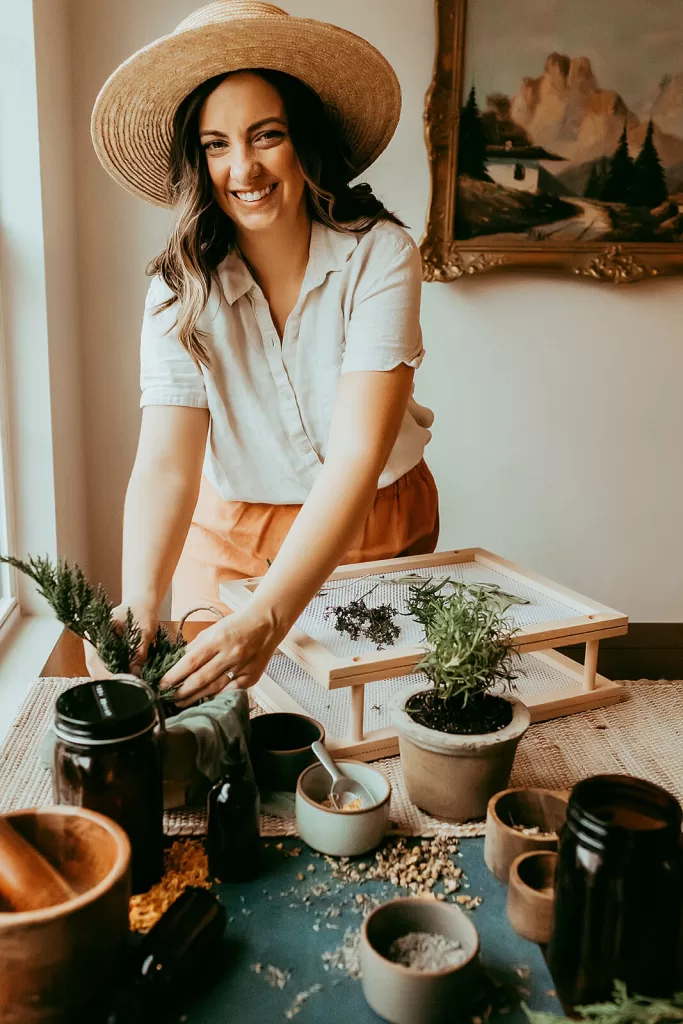
About the Author:
I’m Brittany, totally modern and mainstream turned crunchy mama!
Read more here about how I went from a totally incompetent cook and hyper-consumer to striving to live a more meaningful life from scratch.
I can’t wait to share my modern homesteading journey with you and I hope I inspire you to join along!
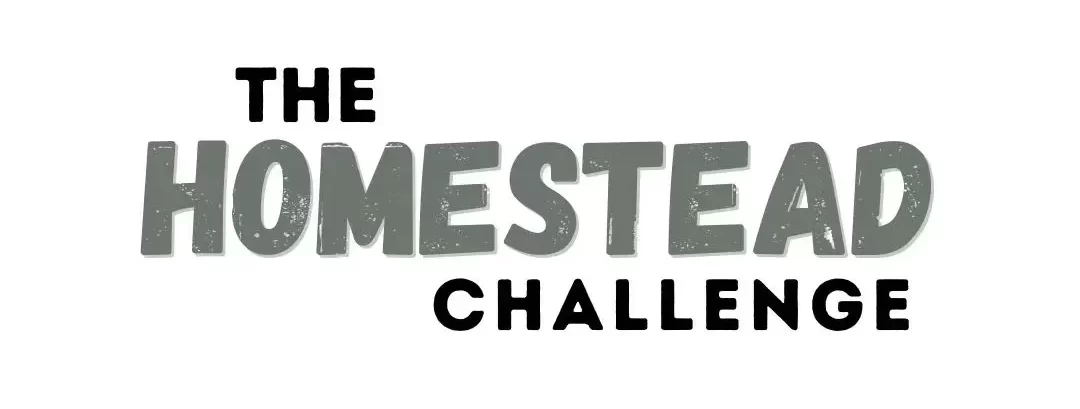

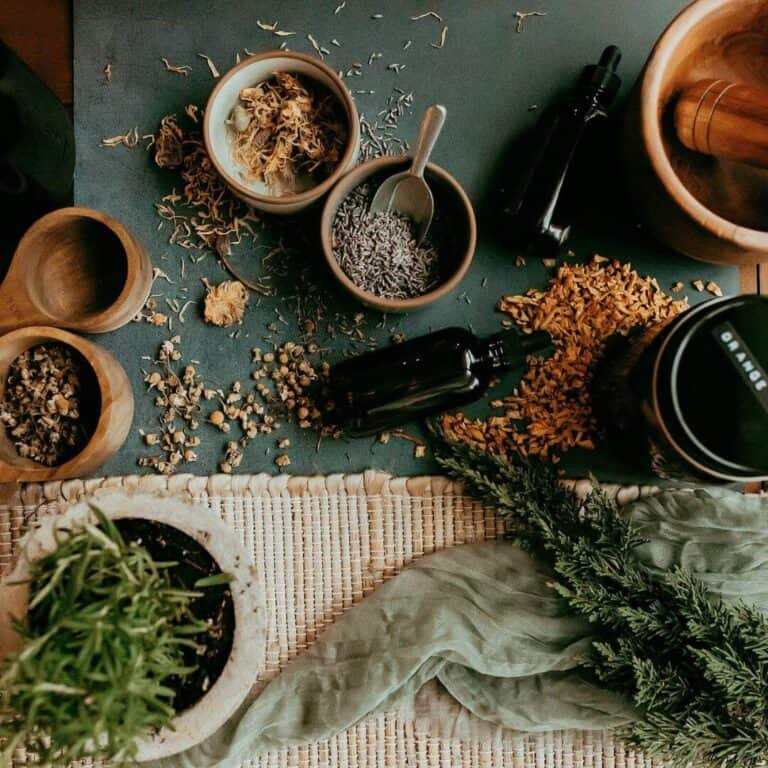
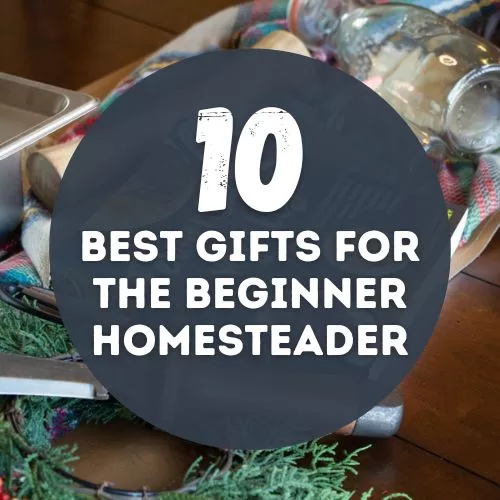
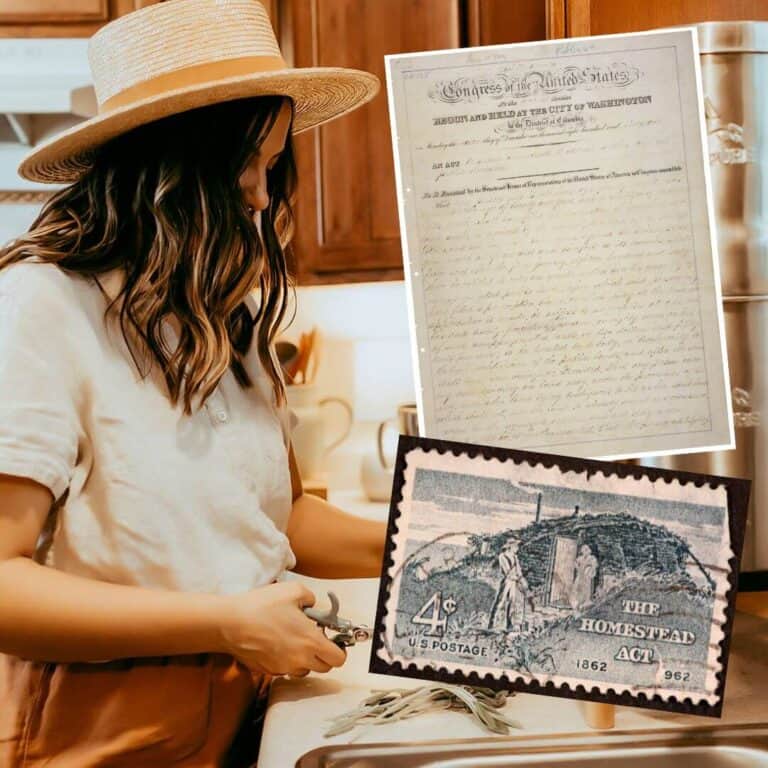
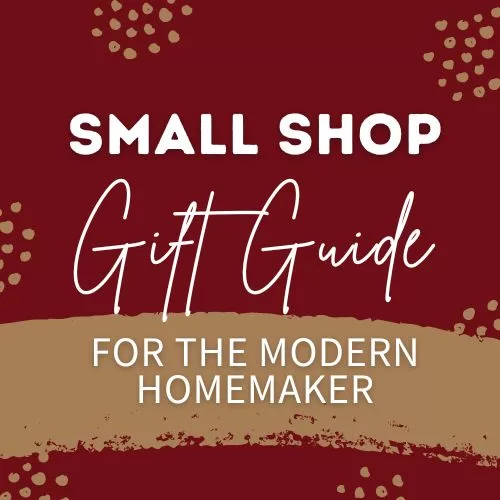

Thank you. This is something I have been battling for a few years. We have chickens. ducks, dogs and cats. I like the idea of making my own beauty products (as I have been doing for a few years), but having the extra ingredients and storage containers can some times overwhelm me. My husband likes to save items for the garden, animals, etc. It is often hard to find balance. I understand why he likes to keep them.
He and I have been married for 20 years with children ranging from 19-8 that all live at home. I am the only minimalist so that’s another hard area. I battle (internally) with how much stuff we still have (even tho it’s less than a lot of people). I feel blessed that they respect my lifestyle most of the time. I respect theirs as well.
Thank you so much for sharing! It can be SO hard! I’ve come to the conclusion that I might not be a minimalist after all, but I do like a peaceful, clean, organized home. So if we are going to keep it… it has to have a home!